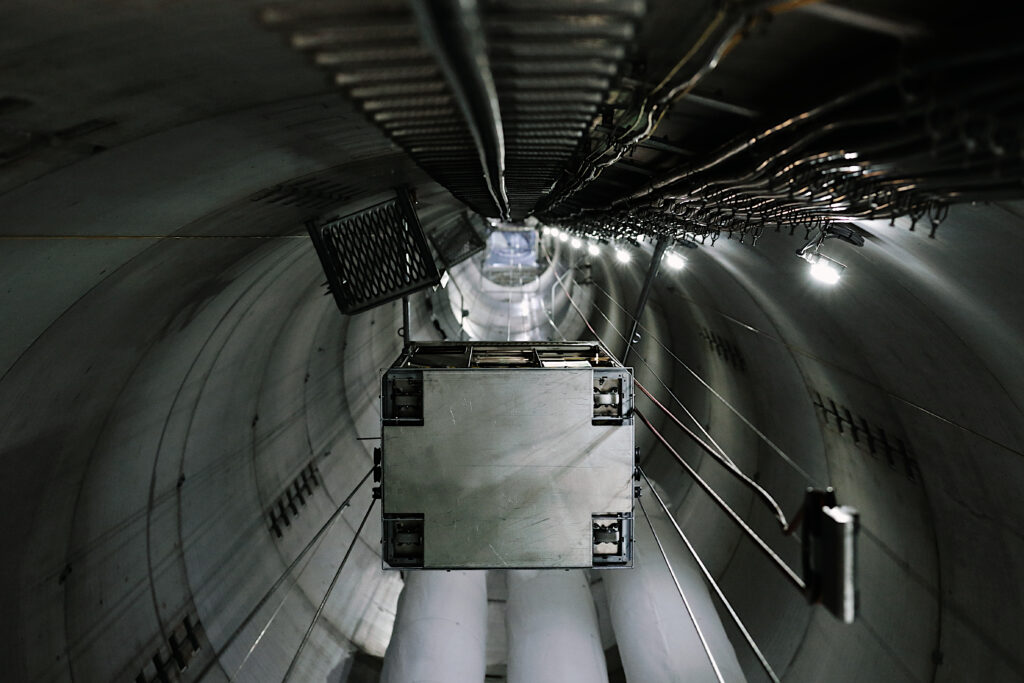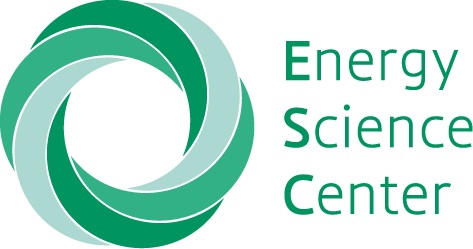Wind Power
A reliable source of electricity for Switzerland!
Imad Abdallah and his colleagues from the group of Eleni Chatzi and the ETH Spin-off RTDT Laboratories, are headed atop a wind turbine to install a novel sensor for structural health monitoring. Continuous data feeds from sensors make the lifecycle management of wind turbines intelligent, towards a reliable and affordable source of electricity for the future.
Wind energy is actually just another form of solar energy. Surprised? It is the sun’s rays heating up the uneven surface of the Earth – together with the rotation of the earth – that gives rise to wind patterns. The round shape of our globe together with its bumpy surface results in air warmed to different temperatures. The mixing (i.e., convection) of air at different temperatures (and thus densities) creates air movement. We have been harnessing this kinetic energy from wind for thousands of years, for example to mill grain or to sail boats.
Over the years, we have gotten pretty good at capturing wind. Now, we design wind turbines to exploit the local wind potential and minimise costs simultaneously; that is, we can increase the circumference of the blades, optimise the rotational speed, and adjust the height of the turbine to place it where the wind is the strongest and most consistent (i.e., at higher altitudes)—all to extract the most energy. The three blades on a typical turbine turn because the wind creates lift under the blades, like with airplane wings, rather than the wind pushing the blades, which is how wind energy is captured on sail boats. Therefore, faster is not necessarily better! In fact, if the wind is too strong it can damage turbine components, rather than produce more energy.
To select a good location to build wind turbines, wind power engineers must carefully profile the location-specific wind conditions and design and build the turbines accordingly, finding the efficiency ‘sweet spot.’ In Switzerland, there are just a handful of wind parks (see this great interactive map from UVEK), but there is more wind potential! Whether or not this potential will be used depends largely on social, economic, and political factors. ESC researchers such as Professor Russell McKenna have considered many of these trade-offs and challenges for wind projects. Here in Switzerland, much of the opposition is in terms of aesthetics and Swiss citizens wish to keep alpine regions pristine where potential is best—the so-called NIMBY (Not-In-My-Backyard) problem.
Wind power, like other intermittent renewable energy sources, also faces additional challenges related to grid incorporation and storage. At the same time, modern wind power plants can utilise fairly consistent wind patterns and produce electricity when it is needed the most such as during winter. Researchers within the ESC have been researching issues from wind power turbine reliability (Professor Eleni Chatzi) to challenges for renewables from an power system perspective (Professor Gabriela Hug) and everything in between!


